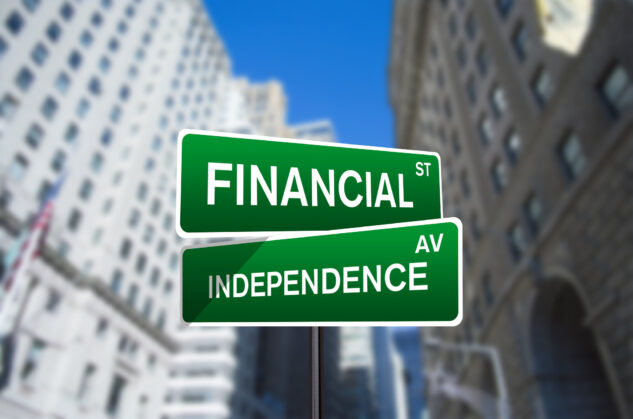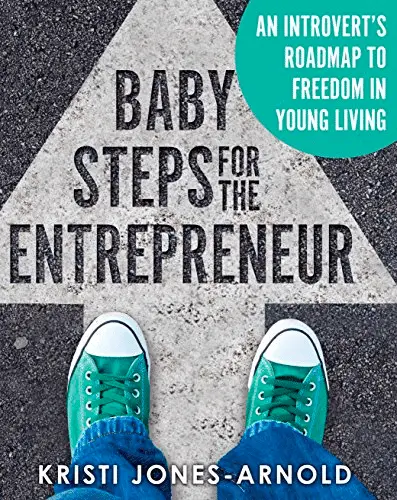
My financial independence journey has changed not only my life but also the lives of my entire family. We aren’t dependent on any single job or project to maintain our house or livelihood. We have what J.L. Collins calls FU Money at hand whenever my partner or I want to walk away from a job or freelance project that isn’t working for us for any reason. We started on this journey after Mr. Meaty was laid off from a corporate career after working for the same company for 18 years.
Generation Career Shock
For Generation Xers and some older millennials, we grew up in a time when our parents worked in the same position for 40 years for the same company. And, for the most part, our parents were rewarded for that loyalty with raises and generous pensions and retirement plans. But somewhere along the way, not long after we entered the workforce, that all changed. Some of us received about five years of a pension package before being rolled over to the new voluntary 401k programs. And, since our parents grew up on automated pensions, we had zero education on 401ks and this method of investing in our retirement. So, what did we do? Well, if we didn’t have the money, you guessed it, we didn’t invest it in 401ks because we thought we couldn’t afford it.
Oh, how wrong we were, and how much do we wish we could go back? So much. But, there was either no or very little matching funds then and with no education and all the time in the world before retirement, it just didn’t get done. So, eventually many of us invested a minimal amount when matching funds (where the employer matches 3% or so of your annual income in your 401k) came out, we did that. It’s free money after all. You should always take that deal. But there was another problem. In my case, I wasn’t as lucky as my partner to be able to stick with one company for 18 years.
I found myself required to hop companies in order to be promoted. That’s also somewhat new to our generation. In order to give yourself a raise or promotion, it’s often easier to change companies that to receive the same promotion within the company you’re already employed by. Bizarre, but true. So, with limitations on investing often coming a year or so after starting with each company, that sometimes meant I had barely begun investing at a job before moving on to a new company. Not much of a nest egg was built up in my 10-year newspaper career prior to my pregnancy-induced introduction to freelance writing life.
Now, at that point, I could have done a super smart thing and created a small business IRA or 401k. But, with two children under age two and adjusting to living on one income and intermittent freelance payments… Well, it just didn’t happen. Until we experienced the layoff at least. Then we were directed by a dear friend from high school to look into financial independence. We had known about the layoffs coming for some time so we’d been preparing a bit with savings and such. And then we had about nine months of severance to prepare even more. So at that point, we hit the savings and investing really hard.
Where to Start
My two favorite resources are Your Money or Your Life by Vicki Robin and The Simple Path to Wealth by J.L. Collins. Between those two books, you’ll get a great start on investing. Not only the how but the why. The basic gist of Simple Path is to choose a simple investing strategy when you’re young, like a whole stock market stock like VTSAX, and stick to it investing regularly until near retirement. My favorite advice from Collins; however, has to be about FU money. His explanation is that with enough savings, you can say to any job or project, you know what, I’m not doing that, and simply walk away if it goes awry. That buffer and advice have saved me so much stress in recent years. I highly recommend it. Robin explains the why of investing for retirement. You’ll learn in Your Money or Your Life how to get out of debt, save money through mindfulness rather than strict budgeting, declutter your life and live well for less, invest savings, and create wealth.
Start an Avalanche
If you still have bad debt (anything revolving with high-interest rates, like credit card debt), you’ll need to tackle that before you do anything else. My completely not a financial advisor way of doing things is to go with the avalanche method. That is, pay the minimum payments on everything except your highest interest card or account. Then once you’ve figured out what you have in your budget to be able to pay toward debt, sock the remainder of that lump sum toward the highest interest card each month. So if you have $1000 per month and your total other minimums are $300, pay $700 toward that highest interest card each month. Once that card is paid off, choose the next highest interest card and do the same until each of those cards is paid off.
Once your debt is cleared, if you plan to continue to use credit cards and believe you can do so responsibly, set all of your credit cards to autopay the STATEMENT BALANCE. This way, you won’t be charged any credit card interest on the balance each month and you can continue to accrue points and such on your cards to be used towards travel and the like. If you don’t think you can use cards responsibly, switch to debit cards until such time that you think you can handle credit cards again.
Achtung! It’s an Emergency
Now that you’ve got your debts paid down, you need your first emergency fund so you never fall into credit card debt again. First, get $1,000 into a simple savings account. It takes as long as it takes, tackle it in monthly installments if needed. Just get it done so that the next time your car breaks down or an appliance needs fixing, you have the extra funds and don’t need to put it on credit.
Once you have the $1,000 emergency fund you can breathe a little easier. Check out your investment options at work. Do you have employer match? If so, get it. That’s the bare minimum; if your employer will match up to 3% of your income, get that free money on the table and put in 3% of your income to that 401k. Once that’s done, consider building up three months of emergency savings/FU money. Now, what do you base your three months on? Your monthly expenses or your monthly take-home income. Once you have that savings built up, you’ll be able to weather a layoff or other job loss for three months without (much) worry.
At this point, you can increase your 401k investment or your personal IRA if you don’t like the investment options at work. In the financial independence world, most people try for about a 50% savings rate. But when you’re first starting out, you can ease into that and shoot for 25% and see if it’s possible to work your way up to more later.
So now you have FU money, a bit invested and you’re on your way to freedom.





